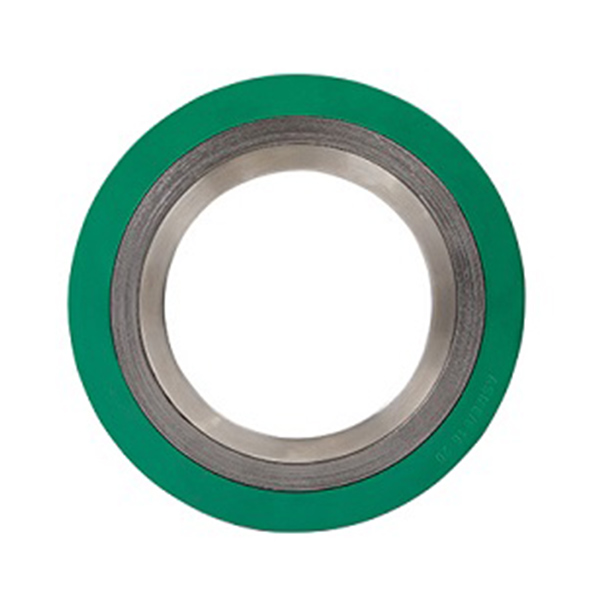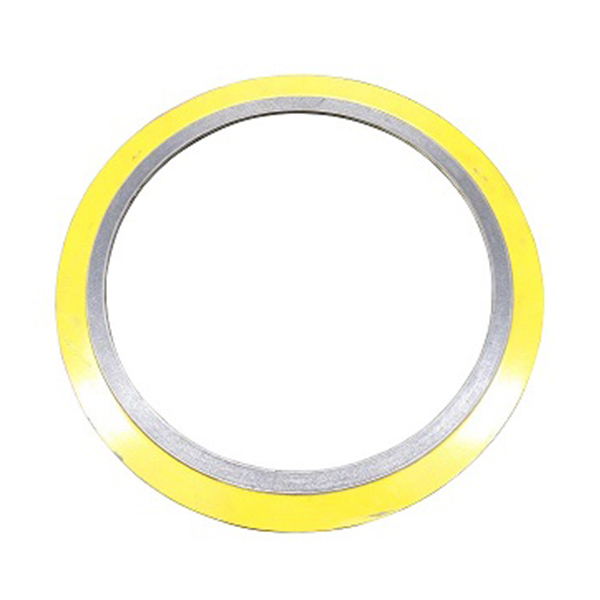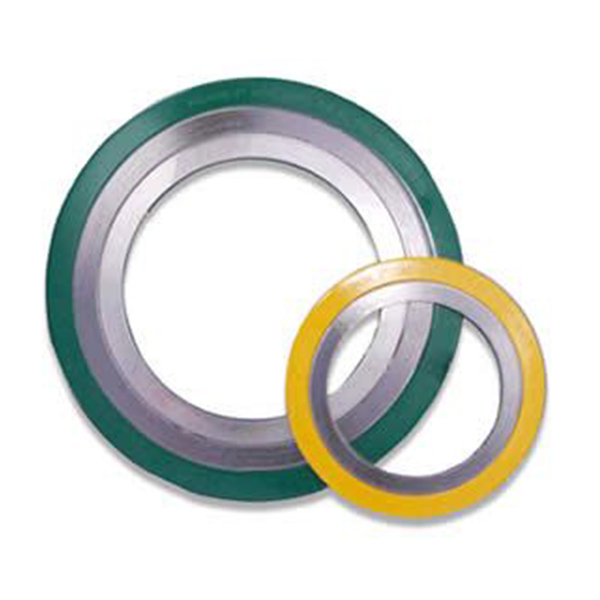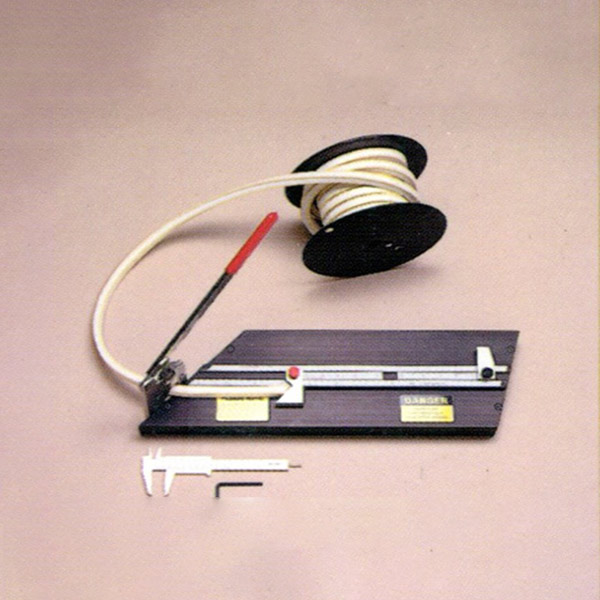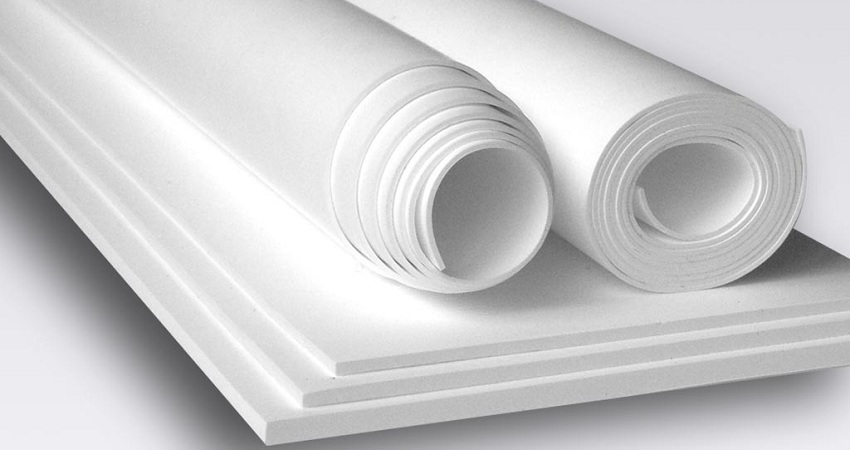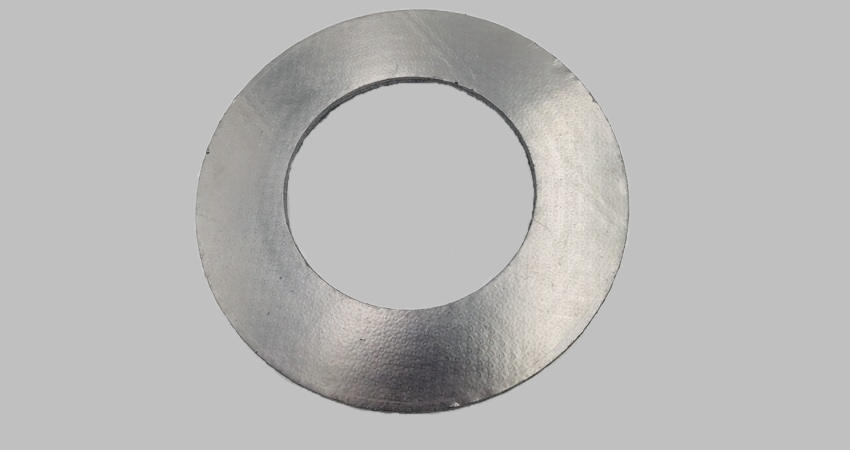PTFE Gaskets Manufacturer & Supplier in China
Introduction to PTFE Gaskets
PTFE gaskets, made from polytetrafluoroethylene, are widely used in industrial applications for their exceptional chemical resistance, temperature tolerance, and non-stick properties. These gaskets are essential in sealing joints to prevent leaks in piping systems, chemical processing equipment, and other high-performance environments. Their versatility makes them suitable for various industries, including pharmaceuticals, food processing, and oil and gas.
Key Product Parameters
Our PTFE gaskets are manufactured to meet stringent quality standards, ensuring reliability and durability. Below are the detailed parameters presented in a list and table for clarity.
List of Key Parameters:
- Material: Pure PTFE or filled compounds (e.g., glass-filled, carbon-filled)
- Temperature Range: -200°C to +260°C (-328°F to +500°F)
- Pressure Rating: Up to 150 psi (10.3 bar) for standard applications
- Chemical Resistance: Excellent against acids, bases, solvents, and corrosive media
- Thickness Options: From 0.5 mm to 6 mm (0.02 inches to 0.24 inches)
- Standard Sizes: Customizable per ASME, DIN, or other international standards
- Color: Typically white or off-white, but can be customized
- Density: Approximately 2.2 g/cm³
- Compression Set: Low, ensuring long-term sealing performance
- Flame Resistance: Self-extinguishing and meets UL94 V-0 standards
Detailed Parameter Table:
| Parameter | Value Range | Notes |
|---|---|---|
| Material Type | Pure PTFE, Glass-filled, Carbon-filled, etc. | Filled versions offer improved mechanical properties. |
| Operating Temperature | -200°C to +260°C | Suitable for cryogenic and high-temperature applications. |
| Maximum Pressure | Up to 150 psi (standard) | Higher pressures possible with reinforced designs. |
| Chemical Compatibility | Resistant to most chemicals | Ideal for aggressive environments; exceptions include molten alkali metals. |
| Thickness | 0.5 mm - 6 mm | Custom thicknesses available upon request. |
| Standard Dimensions | ASME B16.21, DIN, etc. | Compliant with international standards for interchangeability. |
| Color | White, Off-white | Other colors for coding or aesthetic purposes can be produced. |
| Density | ~2.2 g/cm³ | Lightweight yet durable material. |
| Compression Set | < 10% (ASTM D395) | Ensures minimal deformation under load over time. |
| Flame Rating | UL94 V-0 | Meets safety standards for flammability. |
Applications of PTFE Gaskets
PTFE gaskets are utilized in numerous sectors due to their robust properties. Common applications include sealing flanges in chemical reactors, pipelines handling corrosive fluids, pharmaceutical manufacturing equipment requiring purity, and food processing machinery where non-contamination is critical. They are also found in semiconductor fabrication, water treatment plants, and aerospace components, highlighting their adaptability across industries.
Advantages of Using PTFE Gaskets
The primary benefits of PTFE gaskets include their non-reactivity with most chemicals, which prevents degradation and ensures long service life. Their wide temperature range allows use in extreme conditions without losing integrity. Additionally, PTFE's low friction coefficient reduces wear and tear, and its non-stick surface minimizes adhesion of materials, facilitating easy cleaning and maintenance. These gaskets also exhibit excellent electrical insulation properties, making them suitable for electronic applications.
Frequently Asked Questions (FAQ)
What are PTFE gaskets made of?
PTFE gaskets are primarily made from polytetrafluoroethylene, a synthetic fluoropolymer known for its high chemical resistance and stability. They can be pure PTFE or compounded with fillers like glass or carbon to enhance mechanical strength and reduce creep.
How do PTFE gaskets handle high temperatures?
PTFE gaskets can operate continuously in temperatures from -200°C to +260°C due to PTFE's stable molecular structure. They do not melt but may soften slightly near the upper limit; however, they maintain sealing performance without decomposing in most environments.
Are PTFE gaskets resistant to all chemicals?
While PTFE gaskets offer excellent resistance to a wide range of chemicals, including acids, bases, and solvents, they are not compatible with certain reactive substances like molten alkali metals or fluorine under specific conditions. Always consult chemical compatibility charts for specific media.
Can PTFE gaskets be used in food-grade applications?
Yes, PTFE is FDA-compliant and suitable for food-grade applications. Its inert nature ensures no contamination of food products, and it is commonly used in processing equipment for dairy, beverages, and other consumables.
What is the difference between pure PTFE and filled PTFE gaskets?
Pure PTFE gaskets provide the highest chemical resistance but may exhibit cold flow under pressure. Filled PTFE gaskets incorporate materials like glass or carbon to improve creep resistance, hardness, and wear properties, making them better for high-stress applications but slightly reducing chemical resistance in some cases.
How should PTFE gaskets be installed?
Install PTFE gaskets on clean, flat surfaces with even bolt loading to avoid over-compression. Use a torque wrench to apply recommended torque values, as excessive force can cause deformation. Ensure the gasket is centered properly to prevent leaks and extend lifespan.
What are the standard sizes available for PTFE gaskets?
PTFE gaskets come in standard sizes based on ASME B16.21, DIN, and other norms, covering common flange diameters and pressure ratings. Custom sizes can be manufactured to match specific equipment requirements, with dimensions provided in inches or millimeters.
Do PTFE gaskets require special storage conditions?
PTFE gaskets should be stored in a cool, dry place away from direct sunlight and chemicals to prevent degradation. Avoid bending or crushing them, as this could affect their sealing ability. Typically, they have a long shelf life if kept in original packaging.
How long do PTFE gaskets last in service?
The service life of PTFE gaskets depends on operating conditions such as temperature, pressure, and chemical exposure. Under standard conditions, they can last several years without replacement, but regular inspections are recommended to ensure integrity and prevent failures.
Can PTFE gaskets be recycled?
PTFE is not easily recyclable through conventional methods due to its stability, but specialized recycling processes exist to repurpose PTFE waste into lower-grade products. Always check local regulations for disposal and recycling options to minimize environmental impact.


